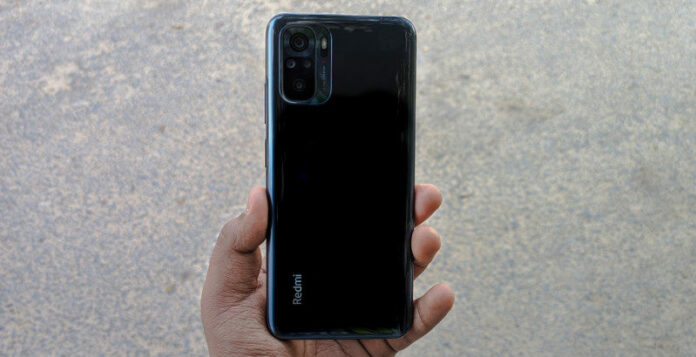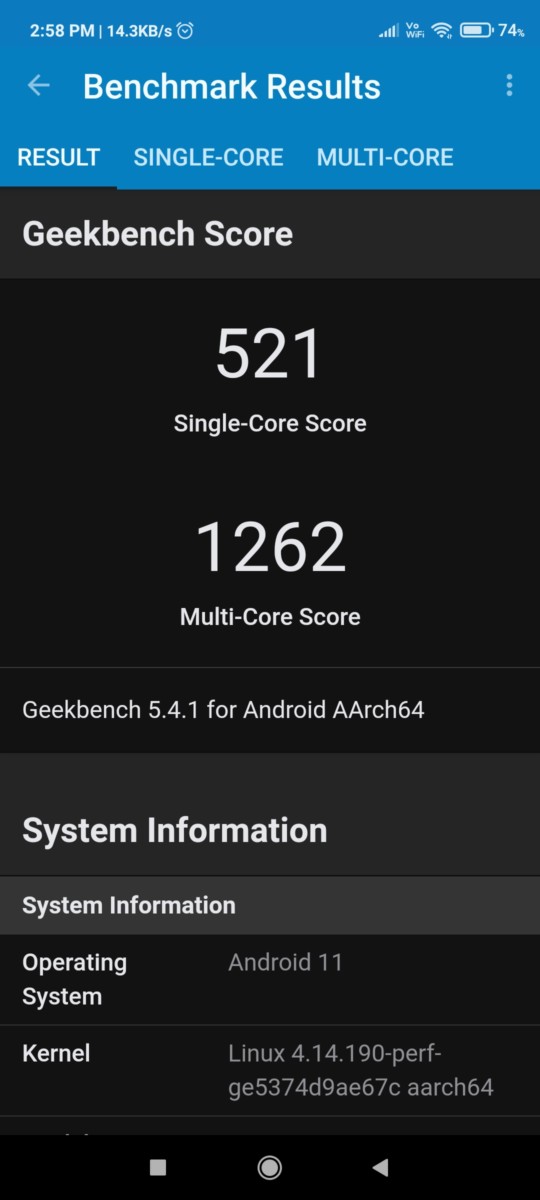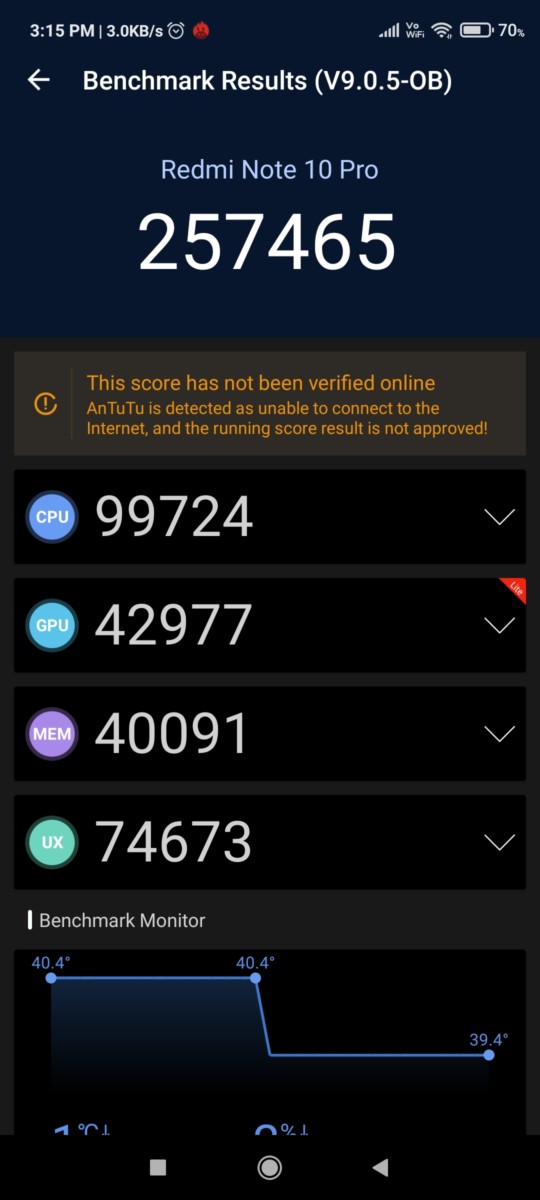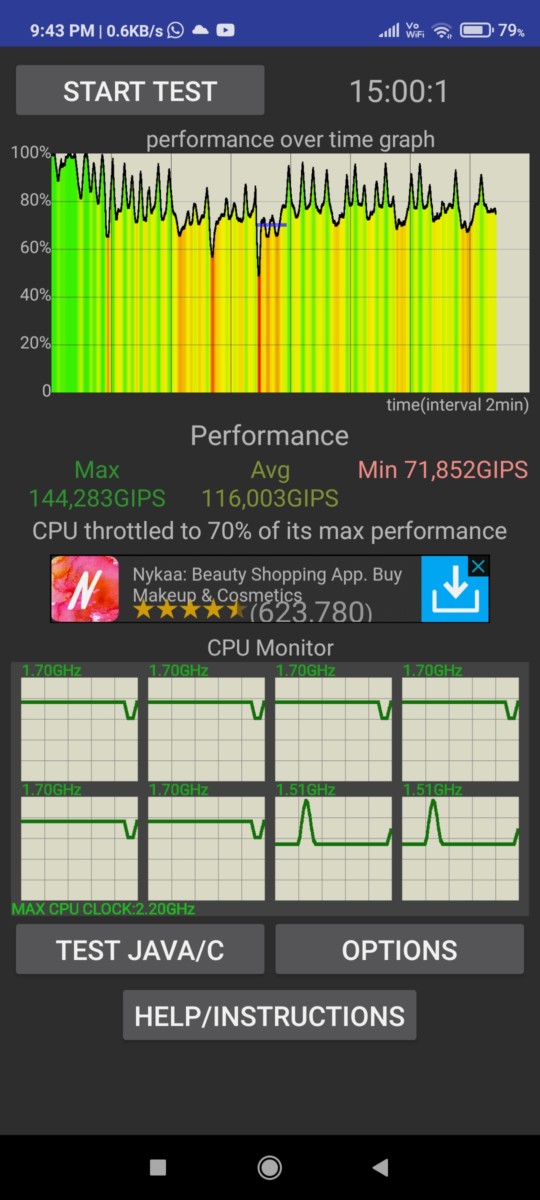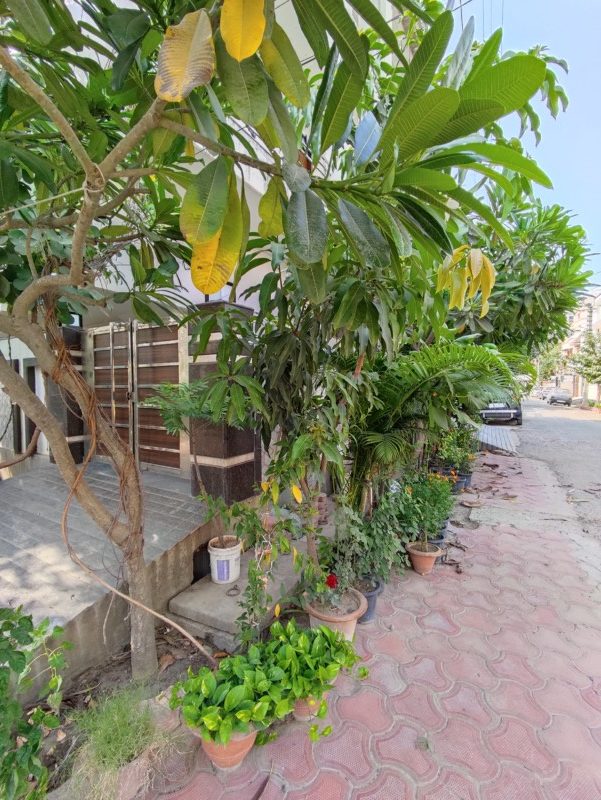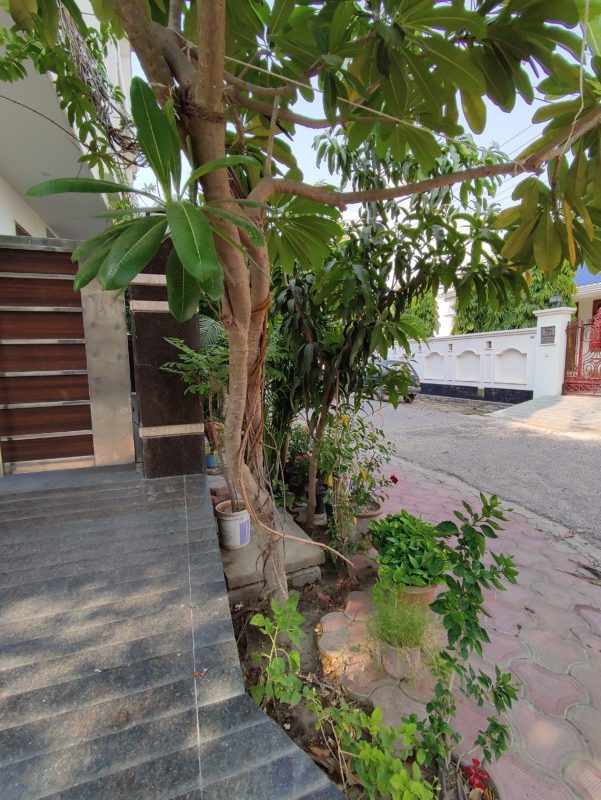Redmi announced its Redmi Note 10 at the March event alongside the Redmi Note 10 Pro and the Note 10 Pro Max. These devices have got a great response till now as they offer great specs sheets. The Redmi Note 10 is a phone that was highly appreciated as it boasts an AMOLED display with a Snapdragon 678 SoC for the price of Rs. 12,499. We bought this phone when it was priced at 11,999 but after paying a premium due to lack of availability. So, we have been testing it for almost a month now, and here is our Unbiased Review of the Redmi Note 10 smartphone.
Also read, Vivo X60 Pro – The Unbiased Review: Master Camera Smartphone
Box Contents
As for the Box Contents of the Redmi Note 10 device. There is the Note 10 device itself, and below that there is some paperwork and with that, there is also a TPU Case, and a SIM Ejector tool too. After that, there is also the 33W Fast Charger provided in the box and the special USB-C cable that is required for charging the device fast. So this was everything we get in the box with the Redmi Note 10 device.
Before moving onto the unbiased review of the phone, here are the technical specifications for your reference:
| Brand | Xiaomi |
| Model | Redmi Note 10 |
| Price in India | ₹12,499 |
| Release date | 4th March 2021 |
| Launched in India | Yes |
| Form factor | Touchscreen |
| Dimensions (mm) | 160.46 x 74.50 x 8.30 |
| Weight (g) | 178.80 |
| Battery capacity (mAh) | 5000 |
| Fast charging | Proprietary |
| Colours | Aqua Green, Frost White, Shadow Black |
| Screen size (inches) | 6.43 |
| Touchscreen | Yes |
| Resolution | 1080×2400 pixels |
| Protection type | Gorilla Glass |
| Processor | octa-core |
| Processor make | Qualcomm Snapdragon 678 |
| RAM | 4GB |
| Internal storage | 64GB |
| Expandable storage | Yes |
| Expandable storage type | microSD |
| Expandable storage up to (GB) | 512 |
| Dedicated microSD slot | Yes |
| Rear camera | 48-megapixel (f/1.79) + 8-megapixel (f/1.12) + 2-megapixel (f/1.12) + 2-megapixel (f/2.4) |
| No. of Rear Cameras | 4 |
| Rear autofocus | Yes |
| Rear flash | Yes |
| Front camera | 13-megapixel |
| No. of Front Cameras | 1 |
| Operating system | Android 11 |
| Skin | MIUI 12 |
| Wi-Fi | Yes |
| Wi-Fi standards supported | 802.11 a/b/g/n/ac |
| GPS | Yes |
| Bluetooth | Yes |
| Infrared | Yes |
| USB Type-C | Yes |
| Headphones | 3.5mm |
| Number of SIMs | 2 |
| SIM 1 | |
| SIM Type | Nano-SIM |
| GSM/CDMA | GSM |
| 3G | Yes |
| 4G/ LTE | Yes |
| Supports 4G in India (Band 40) | Yes |
| SIM 2 | |
| SIM Type | Nano-SIM |
| GSM/CDMA | GSM |
| 3G | Yes |
| 4G/ LTE | Yes |
| Supports 4G in India (Band 40) | Yes |
| Fingerprint sensor | Yes |
| Compass/ Magnetometer | Yes |
| Proximity sensor | Yes |
| Accelerometer | Yes |
| Ambient light sensor | Yes |
| Gyroscope | Yes |
Design and Display
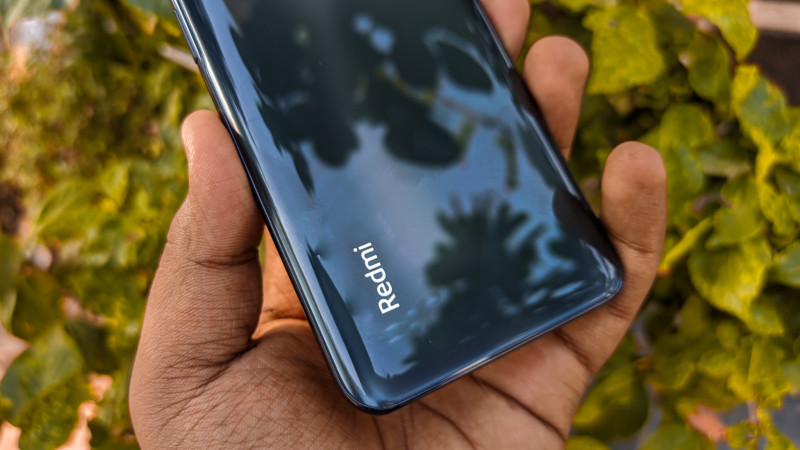
Starting off with the design of the phone, the Redmi Note 10 comes with a Matte Finish with the Polycarbonate back panel. Xiaomi likes to call it an ‘Evol’ design and it looks absolutely good while holding the phone. The phone is available in 3 colour options, which are Frost White, Shadow Black and Aqua Green. The one, which we have is the Shadow Black variant and although it doesn’t carry fingerprints easily. It still attracts some fingerprints, when used without the cover.
The phone weighs just 178g making it a very lightweight phone. The weight distribution of the phone is also very good, hence making it very comfortable to use for longer periods of time without any sort of issues. The phone is not that tall too, which makes it a compact device, and even one hand usage was pretty decent. Overall, the phone is well made and the design of the phone is good. This makes the phone look very attractive.
Moving onto the front, the phone comes with a 6.43″ FHD+ Super AMOLED display. Xiaomi also says that the phone can go up to 1100nits of brightness, which at this price range is very impressive. Very few phones, at this price range, offer a Super AMOLED display and the Xiaomi Redmi Note 10 is one of them. The viewing angles are absolutely good and you would have a great time watching videos on this device. The brightness was also good, and you won’t have issues with viewing the display of the phone outdoors too.
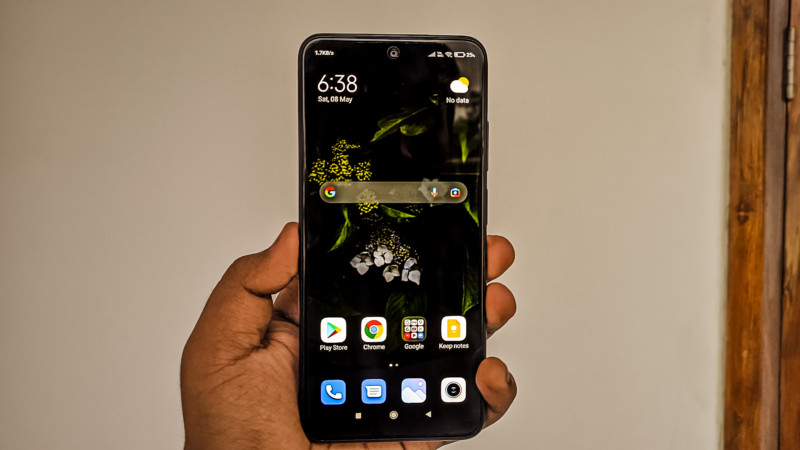
As the phone comes with a Super AMOLED display, the phone offers additional features such as deeper blacks while consuming content and even better viewing angles. There is also support for the Always-on-Display feature present, but the phone can only show the AOD (Always-on-Display) for 10-seconds only. This is something that is very weird, and overall makes the overall Always on Display feature useless. We hope that Xiaomi updates this soon and we can use the AOD feature for more than 10 seconds.
In terms of the haptics and the speakers, Xiaomi has done a great job. The phone has great haptics feedback, and overall at this range, you’re not going to find a phone with better haptics. The typing experience was actually very good with the phone due to the great haptics and we hope, Xiaomi uses this in all its upcoming phones too. The buttons were also good as they were tactile and felt very good. As for the Fingerprint scanner, that was good too, the unlocking was fast due to this scanner. There are buttons on the right side of the phone, whereas, on the left side of the phone there is a Sim tray.
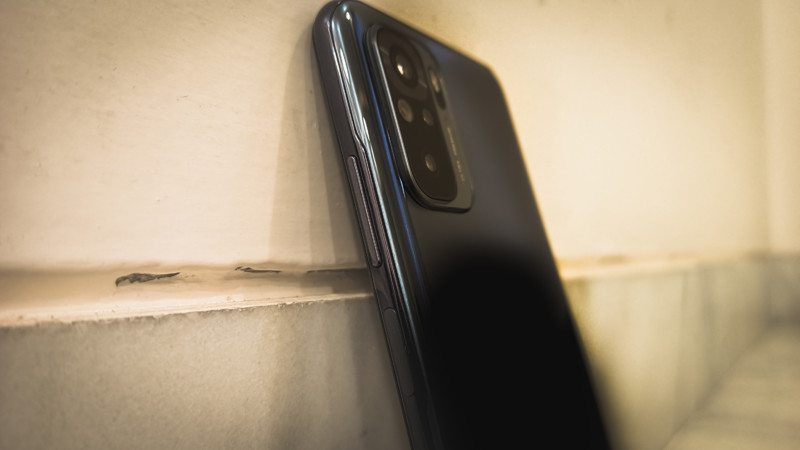
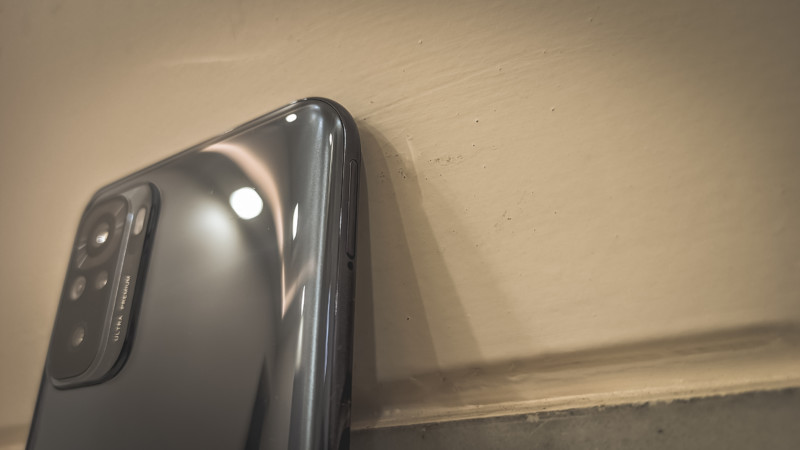
As for the speakers, the phone comes with a dual stereo speakers and the sound was actually pretty loud and clear at the same time. But frankly speaking, the Dual stereo effect wasn’t that much noticeable as most of the loudness was coming from the bottom speaker and it almost felt like that the top speaker isn’t even playing something. So we’d say that Xiaomi needs to work in terms of the speakers of the phone, as the dual stereo speakers weren’t that powerful.
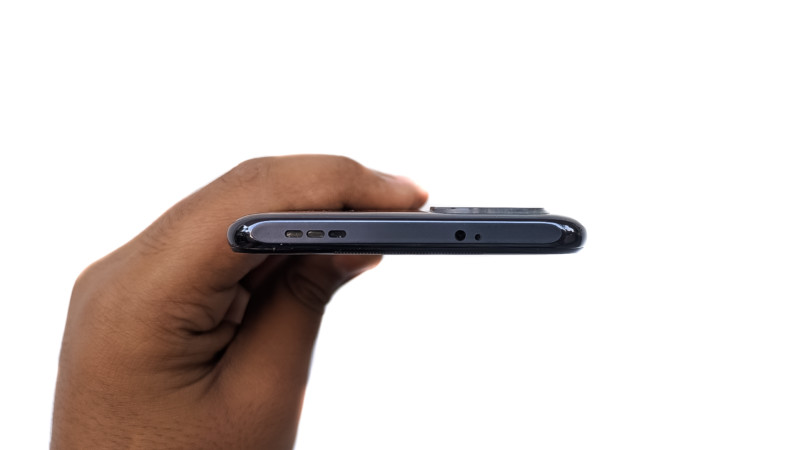
Other than that, we have no complaints whatsoever about the design and the display of the phone. Although there is no high refresh rate display present, MIUI offers good animations which makes the overall experience very smooth.
Performance
Moving on to the performance of this phone, the phone comes with the Qualcomm Snapdragon 678 SoC. This chip isn’t Gaming centric by any sorts, but the gaming performance on this phone was fairly good. We tried playing some games like Call of Duty: Mobile and Pubg Mobile via APK Pure and the performance was very good. As the 678 SoC is an optimised chip, the gaming performance was good.
More about the chip itself, the Snapdragon 678 SoC is an improved version of the 675 chip. The 675 SoC was seen in the Redmi Note 7 Pro too. It has two Kryo 460 Gold CPU cores running at 2.2GHz (compared to 2GHz in its predecessor) and the same six Kryo 460 Silver cores running at 1.7Ghz for low-power situations. As for the GPU, the phone comes with the Adreno 612 that isn’t made for gaming but does the job.
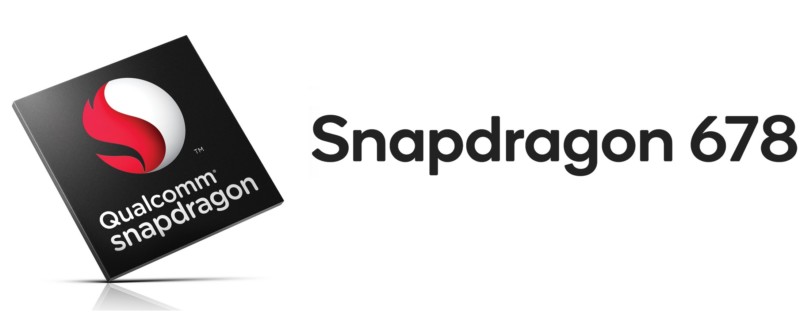
PUBG Mobile ran with Smooth and Ultra settings, which means you can play Pubg Mobile in 40fps on this phone. The game ran smooth and the overall experience was good, however, if you often hot drop then you may have a problem as there were a few frame drops in that area. The Snapdragon 678 SoC is not that optimised, so if you’re going to get a phone for gaming, then this phone is not that of a great choice. The device did get a bit warm in the camera area but otherwise, the temperatures were in control too.
As for the RAM and storage variants, the phone is available in two variants. There is a 4GB RAM variant that comes with 64GB of storage, and there is also the 6GB RAM variant, which comes with 128GB storage. The one which we have comes with 4GB RAM and 64GB of storage. The phone comes with UFS 2.2 which makes the transfer speeds fast and reduces the app opening speeds too.
We also tried testing the phone with some benchmarks app that includes Geekbench and Antutu Benchmark, and we have attached the screenshots of the results below for a better overview-
The Benchmark results were pretty decent, for some weird reason, the Redmi Note 10 device was being shown as Note 10 Pro but we verified it and the other Note 10 results were similar, so there are no problems in the scores. But the CPU throttle test disappointed us, as there was a constant hiccup. Although the phone didn’t get that warm, the test results didn’t look that good.
Camera
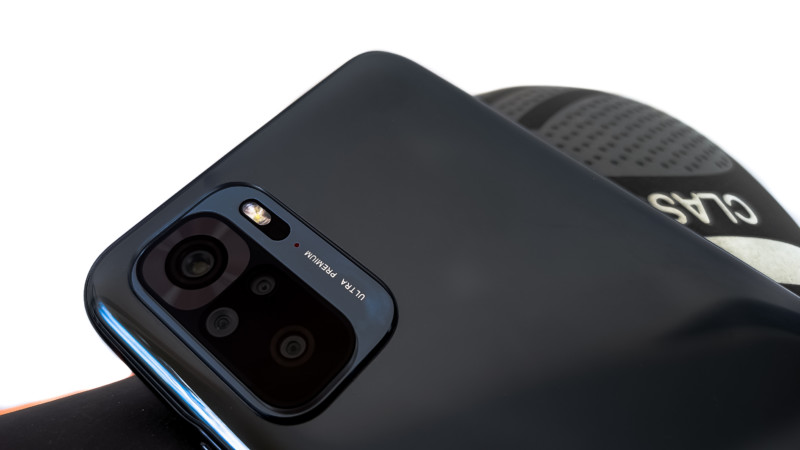
In terms of optics, the phone packs in a Quad camera sensor, which carries a main 48-megapixel camera. The 48-megapixel sensor is actually the IMX 582 sensor which has been seen in a lot of devices. Along with the 48-megapixel sensor (f/1.79), there is also an 8-megapixel (f/1.12) Ultra-Wide lens that can capture a FOV 118°. There is a 2-megapixel (f/1.12) Depth sensor for portrait photos and at the end, there is also a 2-megapixel (f/2.4) Macro camera. Unlike the Pro and Pro Max variants, the Redmi Note 10 gets a 2-megapixel sensor only instead of the 5-megapixel one on those devices. On the front, there is a 13-megapixel camera that comes with an f/2.45 aperture.
The camera hardware seems very good overall on paper as well as real-life usage. The images clicked by the phone looks good but they look a bit boosted.
The above images are from the Macro sensor of the phone, and they are clearly not good. The 48-megapixel main camera captures some great pictures, as you can see in the images, the colours are great and the image looks good. However, that is not the same case with the other camera sensors, the Ultra-Wide camera captures decent images, and it has definitely improved from the previous generation. However, still, the camera could have been much better, as the images don’t look that good. The same goes for the Depth and the Macro cameras, as they are pretty much useless. It would have been much better if instead of a quad-camera setup, Xiaomi just went with a Dual or Triple camera setup and would have improved the Ultra-wide camera.
The camera samples from the main 48MP camera –




For the Video recording, the phone isn’t that good as the competitors as it lacks certain features. Otherwise, it was pretty decent, users can recording videos up to 4k at 30fps, whereas, in 1080p users get the option to recording videos in 60fps too.
As for the front, we found the 13-megapixel camera to be good and that it clicks good images for the price point. We recommend installing users Google Camera MOD for the phone, as the optimisation done by Xiaomi isn’t that great, but with Google Camera, the images look much better.
Battery and Charging
For the Battery and the charging of the phone, the Redmi Note 10 comes with a 5000mAh battery which according to Xiaomi can give a Standby time of at least 1 day. In our testing, we found out that the claims are actually true, and the phone does give a standby time of one full day. As for the Screen on Time, that totally depends upon the usage.
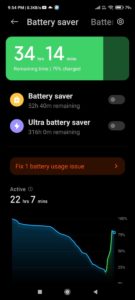
In our testing of the phone, we got more than 6 hours of Screen on time, and one of the major reasons why we got such a number is because the Panel is a regular 60Hz panel. The 60Hz Panel here gives a lot of effects as there aren’t many resources being used at a higher refresh rate. As for the battery life we got while playing games, that wasn’t bad either, as the phone was easily getting more than 4 hours of Screen on time even when our usage was heavy. So overall we’d say, in terms of the battery, the phone is good and Xiaomi has done a great job in the optimisation.
As for the Charging, the phone comes bundled with a 33W Fast Charger which is very surprising as most of the manufacturers don’t provide a fast charger in this price range. The 33W charger, helps the big 5000mAh battery to charge fast, and in our testing, the phone was charged from 10-100% in just 75 minutes which is great for the price point.
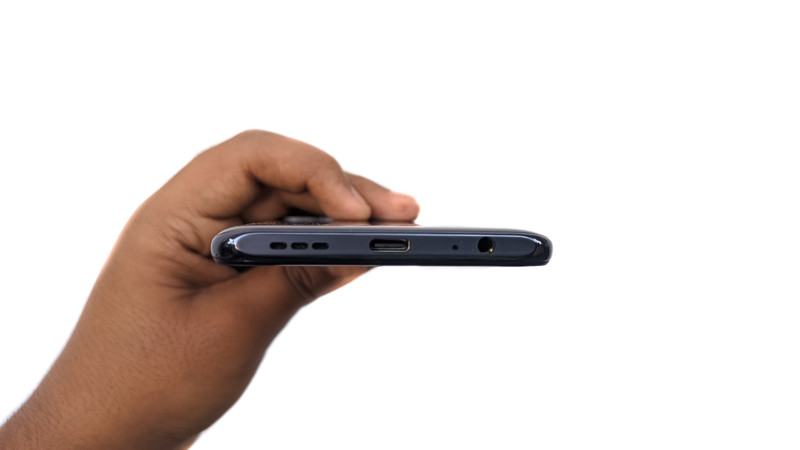
Software
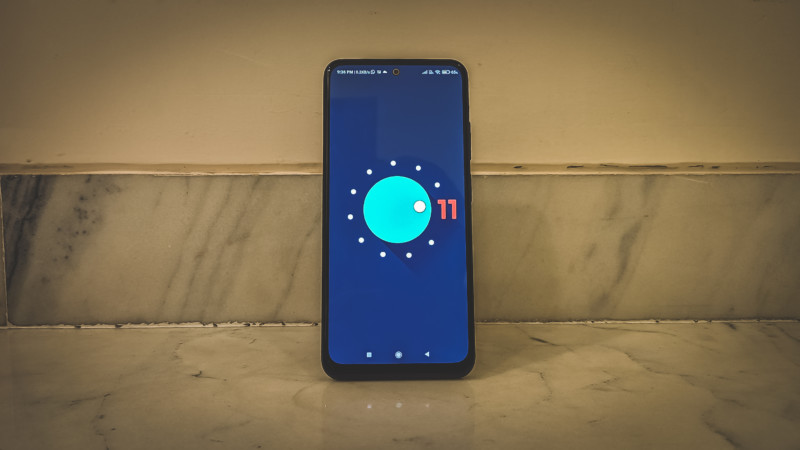
As for the Software of the phone, the phone comes with MIUI 12 which is based on Android 11. This is a good thing that the phone comes with Android 11 out of the box. MIUI is known for the Ads that it shows in the UI, however, this time Xiaomi has really improved the software experience as the phone doesn’t show a lot of Ads. During the initial setup of the phone, it is recommended to turn off the recommendation option.
This will ensure that you see no ads while using the device. As for the bloatware, there were a ton of pre-loaded apps which is not good. Although all of those apps can be uninstalled easily, still it would have been better if there would have been no pre-installed bloatware. Another thing that we would like to point out is that Xiaomi’s own App Store GetApps sends a lot of notifications. Sometimes this becomes very annoying and messes up with the overall user experience.
As for the updates, the phone has only received one OTA update till now, which had fixed some bugs in the UI and upgraded the security patch. The updates are one thing, that we hope should also be improved as it’s been 2 months since the device has launched, still, the device is not running on the latest security patch. It would be really great if Xiaomi gives fast updates just like they are doing with the Redmi Note 10 Pro and Pro Max. But other than this, we have no complaints, the user experience is good and the phone will also be getting the MIUI 12.5 update which is said to improve more things.
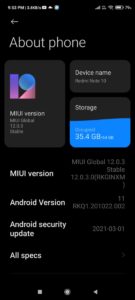
The Unbiased Verdict
As for our Unbiased verdict of the Redmi Note 10, we have to say that Xiaomi has done a great job with this phone. From the haptics to the speakers of the phone, we found everything to be good. Overall our time with this phone was good and we can surely say that if you’re looking for a phone with good cameras, good battery backup and even a great display then, this phone is surely gonna be great for you.

However, if you’re looking for a device to play games like PUBG and Call of Duty: Mobile, then we recommend you to wait a bit. As Xiaomi would also be launching the Redmi Note 10S with the Mediatek Helios G95 SoC and that phone is going to be much better in terms of gaming.
But if you are not a gamer and you’re just a normal user, then this is a great phone at this range, as the Software is well optimised and there are almost no Ads now. The performance is decent and you can easily enjoy watching content too.
Also, the phone is very hard to get right now, as the device was only available in flash sales and we all know about the flash sale situation from Xiaomi. We had to get the device from an offline store, and with that, we also had to pay Rs. 500 extra. So instead of paying Rs. 11,999 we ended up paying Rs. 12,499 for the device. So we really hope that Xiaomi fixes these issues, as they really mess up with the buying experience of the phone and people have to pay extra in order to get the phone.
Well with that said, do let us know your opinions of our review of the Redmi Note 10 by dropping a comment down below.
Disclaimer: We bought and tested the Redmi Note 10 as our primary device on the JIO 4G VoLTE networks for a period of 30 days. It was tested thoroughly by our team member – Madhav Banka. All our reviews are unbiased and are published without the brand getting to read them before you guys. We don’t change our reviews on pressure from brands and that’s the reason we are not sent review units from companies like Samsung, OnePlus, Xiaomi, and a few more.
